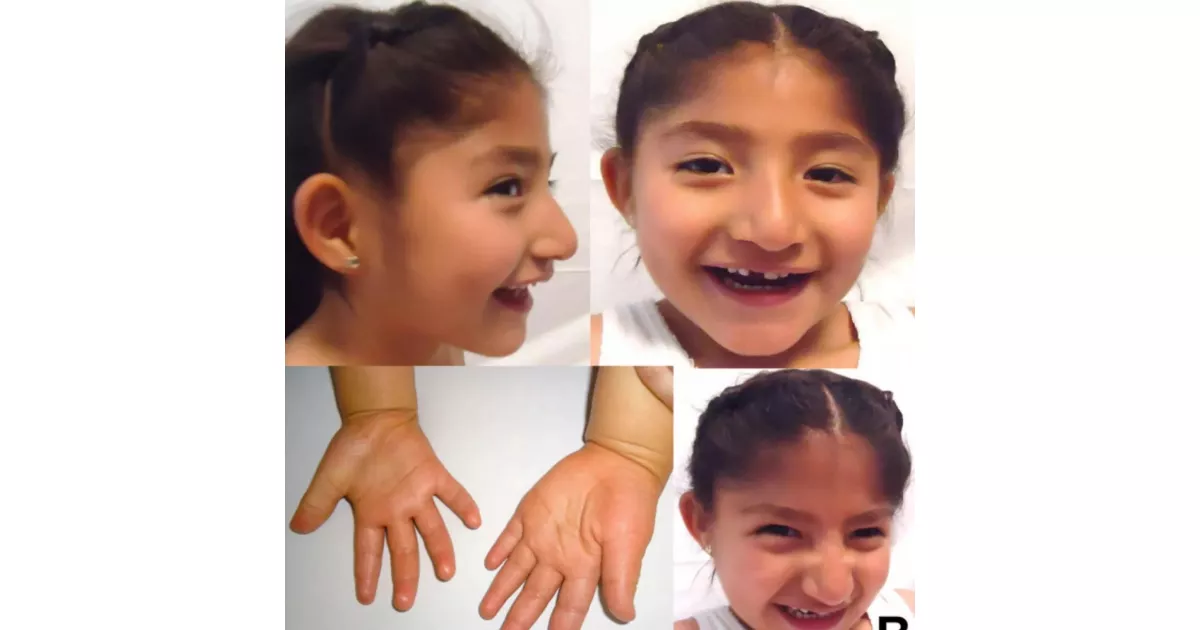Angelman syndrome (AS) is a genetic disorder primarily affecting the nervous system. Key characteristics include distinctive facial features, developmental delays, intellectual disabilities, speech impairment, motor difficulties, and seizures. Despite these challenges, individuals with AS often exhibit a cheerful disposition and a fascination with water. Symptoms typically manifest within the first year of life.
1964: Initial Observation of Commonalities
Around 1964, Angelman encountered three children with distinct disabilities in England, yet he sensed an underlying commonality in their conditions.
1965: Publication of "Puppet Children"
Despite lacking scientific evidence, Angelman published his observations of the three children in 1965, calling them "Puppet Children". The name was later changed to Angelman syndrome.
1965: "Puppet Children"
Harry Angelman, inspired by a painting titled "...a Boy with a Puppet" observed jerky movements in his patients, leading him to use the term "Puppet Children" to categorize them in his 1965 publication.
1965: First Description of Angelman Syndrome
In 1965, British pediatrician Harry Angelman provided the first medical description of Angelman syndrome, bringing it to the attention of the medical community.
1987: Chromosome 15 Deletion Identified
A breakthrough occurred in 1987 when researchers discovered that approximately half of the children diagnosed with AS exhibited a partial deletion on chromosome 15 (chromosome 15q partial deletion), providing crucial genetic insight into the syndrome.
1995: Initial Diagnostic Criteria Established
In 1995, a significant step towards understanding and diagnosing Angelman syndrome was taken with the establishment of the initial diagnostic criteria, developed in collaboration with the Angelman Syndrome Foundation (US).
2005: Revision of Diagnostic Criteria
Reflecting advancements in the understanding of Angelman syndrome, the diagnostic criteria were revisited and revised in 2005, aiming for greater accuracy and clarity.
2011: Angelman Syndrome in Popular Culture
The Filipino drama series "Budoy," aired in 2011, featured a main character, Budoy Maniego, diagnosed with Angelman syndrome, raising awareness and understanding of the condition among a wider audience.
Mentioned in this timeline
England a constituent country of the United Kingdom occupies roughly...
Trending
8 days ago Jalen Williams' Impact: Thunder, Warriors Matchups, Dort's Future, Injury Return
Keldon Johnson is an American professional basketball player currently playing for the San Antonio Spurs in the NBA Prior to...

6 months ago Brokeback Mountain's 20th Anniversary: Challenging Hollywood and impacting audiences, starring Heath Ledger.

6 months ago Sarah Sherman's SNL Checks Mistakenly Sent to Gilda Radner's Estate: A Sobbing Revelation

Lily Allen is an English singer songwriter and actress known for her distinctive voice and candid lyrics She gained prominence...

8 days ago Jesse Plemons discusses 'Bugonia', Oscar buzz, and career from child actor.
Popular

Candace Owens is an American conservative political commentator and author...

Ilhan Omar is an American politician currently serving as the...

XXXTentacion born Jahseh Dwayne Ricardo Onfroy was a controversial yet...

Tom Cotton is an American politician and Army veteran currently...
The Kennedy Center Honors are annual awards recognizing individuals and...

Kelsey Grammer is an accomplished American actor producer and singer...
